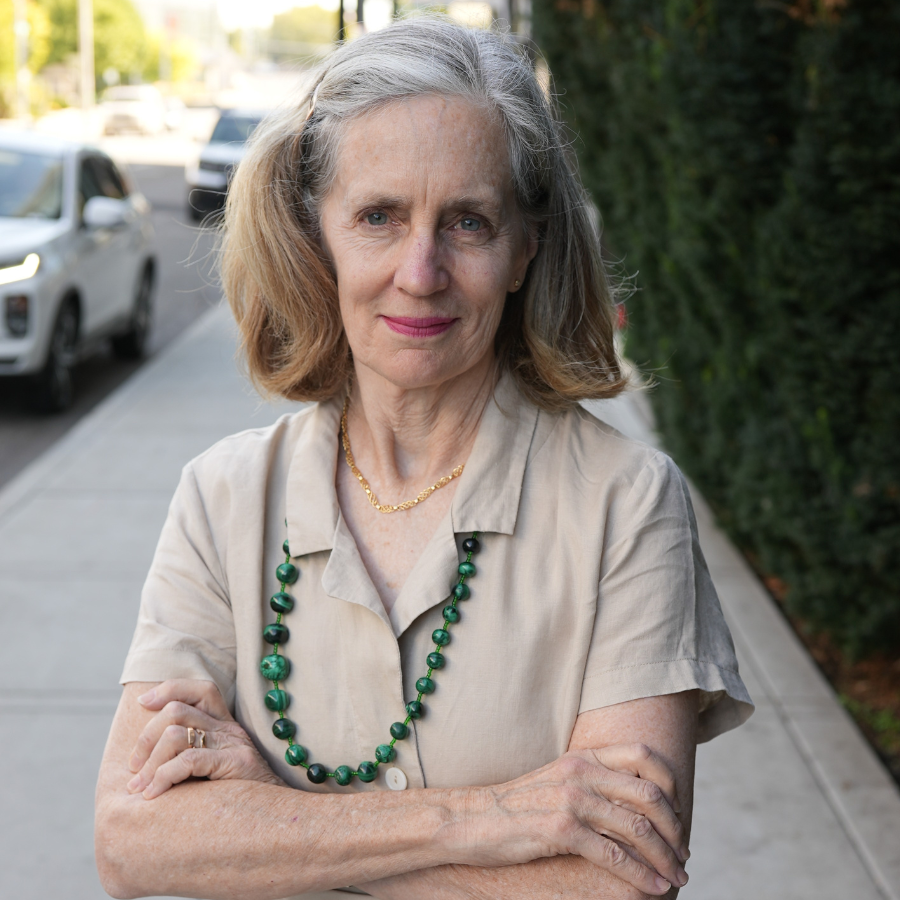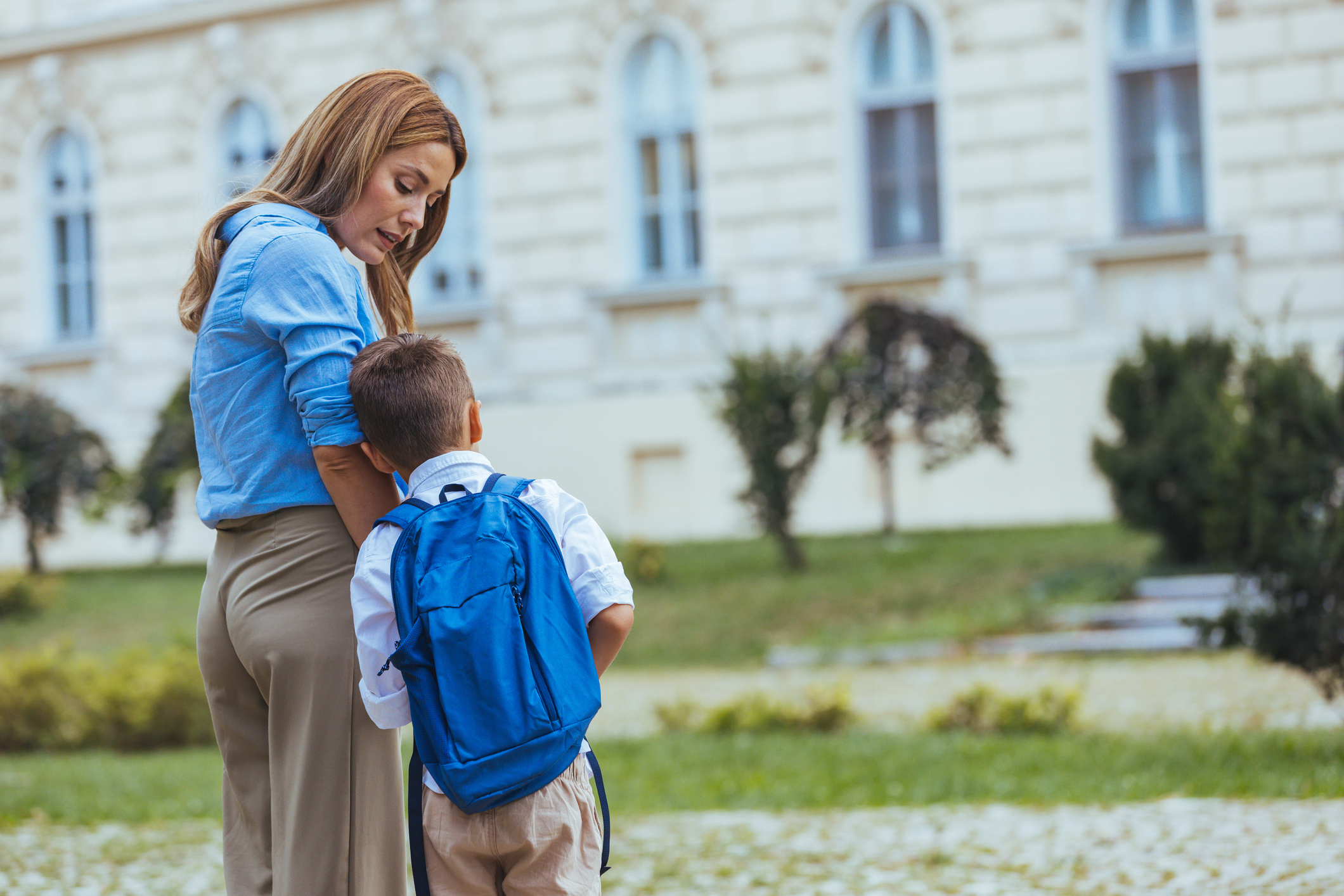Last week I described what school choice is and how it benefits children. Today I’ll address the oft-made claim that allowing students access to learning choices “takes” money from traditional public schools.
The short answer is no. School choice does not reduce the budgets of traditional school districts.
The research shows this is true for two reasons. First, school choice programs typically provide less, around 70%, of the full per-student funding to which families are entitled. The rest of that student’s education money goes to the traditional public schools.
Washington state spends over $19,000 per student a year. The typical school choice program provides $6,000 to $10,000 per student.
Second, budget data shows that states with choice programs increase funding for traditional public schools every year. This is true in all 32 states that provide school choice. Here are three examples:
• In Pennsylvania, the families of 66,000 students participate in the state’s two popular school choice programs. At the same time the state has dramatically increased funding to the public system over the last ten years.
• In Ohio, 62,000 students participate in eight school choice programs, while lawmakers there have steadily increased funding for the public schools.
• In the District of Columbia, students can receive an Opportunity Scholarship averaging $10,000 a year to attend a private school, while at the same time lawmakers have increased funding for the District’s 115 traditional public schools and 68 public charter schools every year.
When Washington state voters passed a charter school law in 2012 anti-choice critics said the popular measure would “draw money away from public schools.” They were wrong.
Public school funding in Washington state has more than doubled since 2012, rising from $9.9 billion in 2012 to $20.2 billion in 2022-23. Per student funding increased from $9,915 to $19,002.
School choice has not cut school district jobs either. In 2021-22, Washington’s 295 school districts employ 123,810 people, a record high. Only 63,700 of these, or just 51 percent, are classroom teachers. The remaining 60,000 employees are nonteaching staff.
Critics say, “Yes, but doesn’t school choice hurt rural public schools?” The answer is, no it doesn’t. Florida has had a school choice program since 2001. The share of rural students enrolled in private schools grew by only 2.4%, according to officials at the state’s Step Up for Students program. As the program director notes:
“...education choice is helping thousands of rural families access life-changing options for their kids. On the other [hand], the overwhelming majority of rural families continue to choose district schools.”
The reason is that the vast majority of families in rural communities are happy with their local public schools. The same cannot be said of many of Washington’s urban public schools, where charter schools are concentrated and are the most popular with parents.
Simply put, the data shows that providing access to school choice programs does not reduce spending on traditional public schools.
None of this gets at the core reason education funding exists in the first place: to educate students. Sure, some people feel threatened by change, but the economic fears of hardliners should not detract from the learnings needs of children.
The purpose of public education is not to provide comfort for adults, but to challenge students to excel and make the most of their talents and abilities. That in turn serves the public interest and protects our democratic norms, by preparing the next generation for a lifetime of success.





